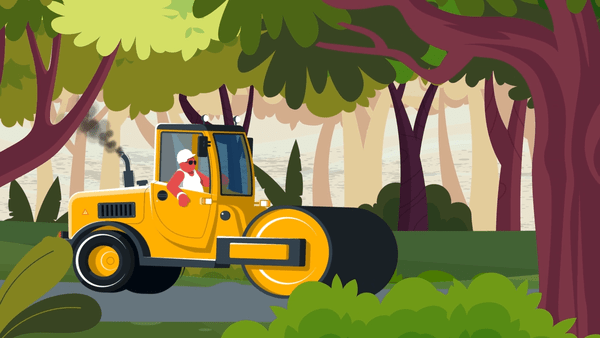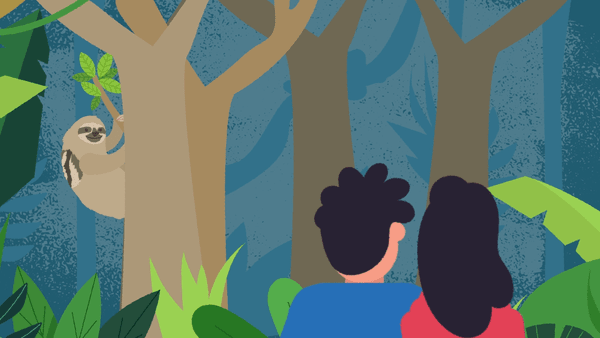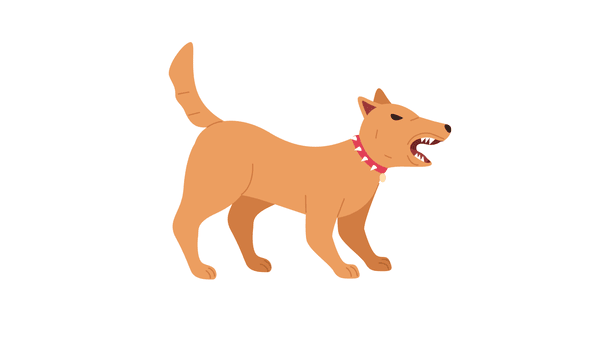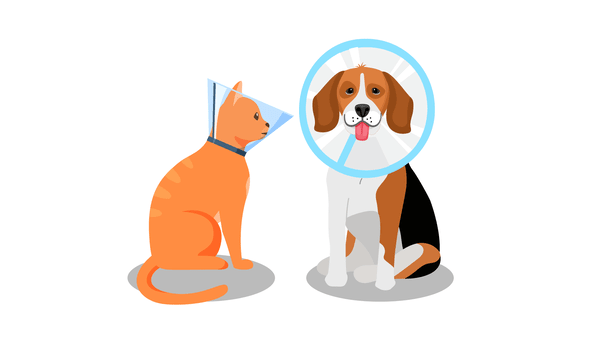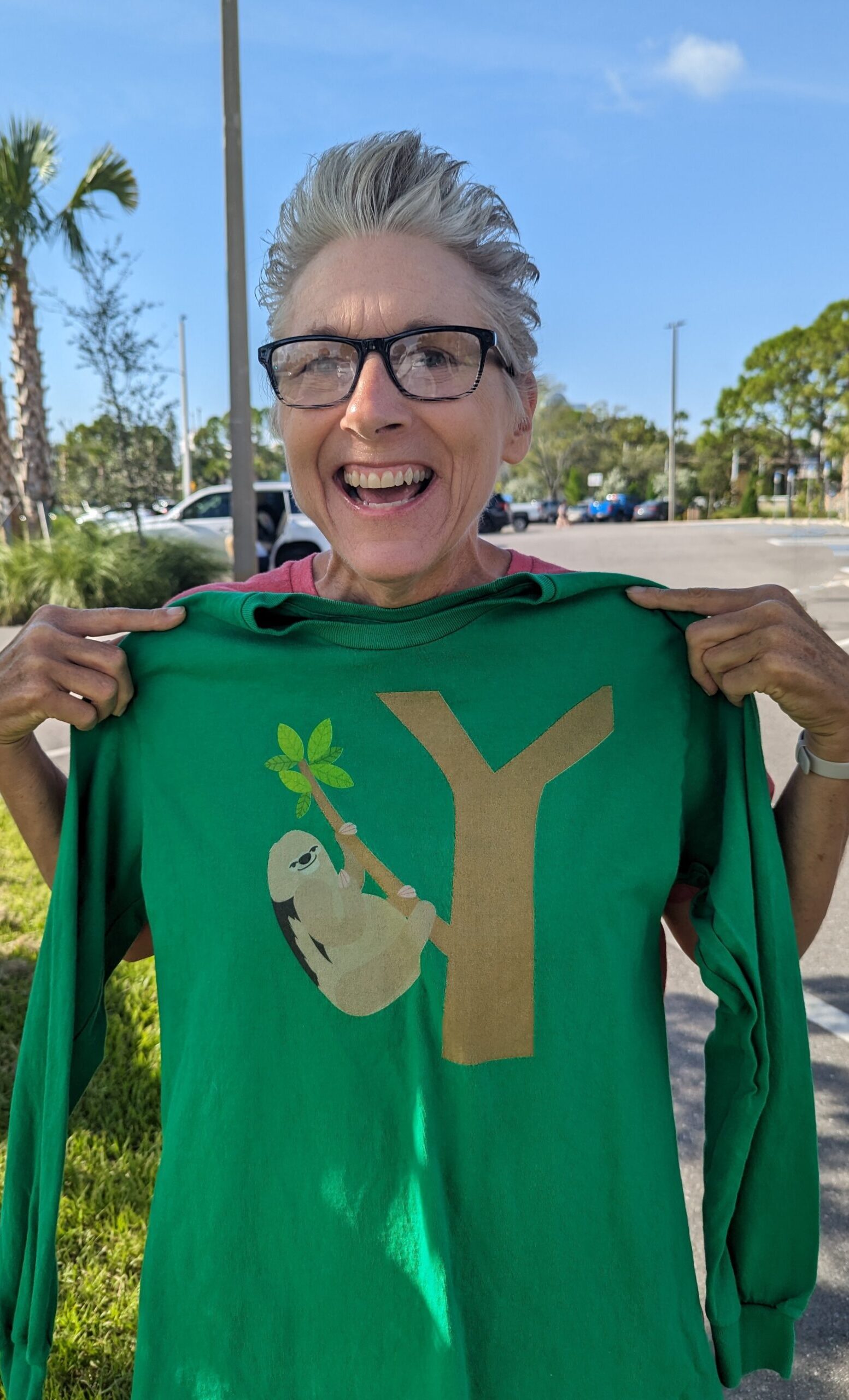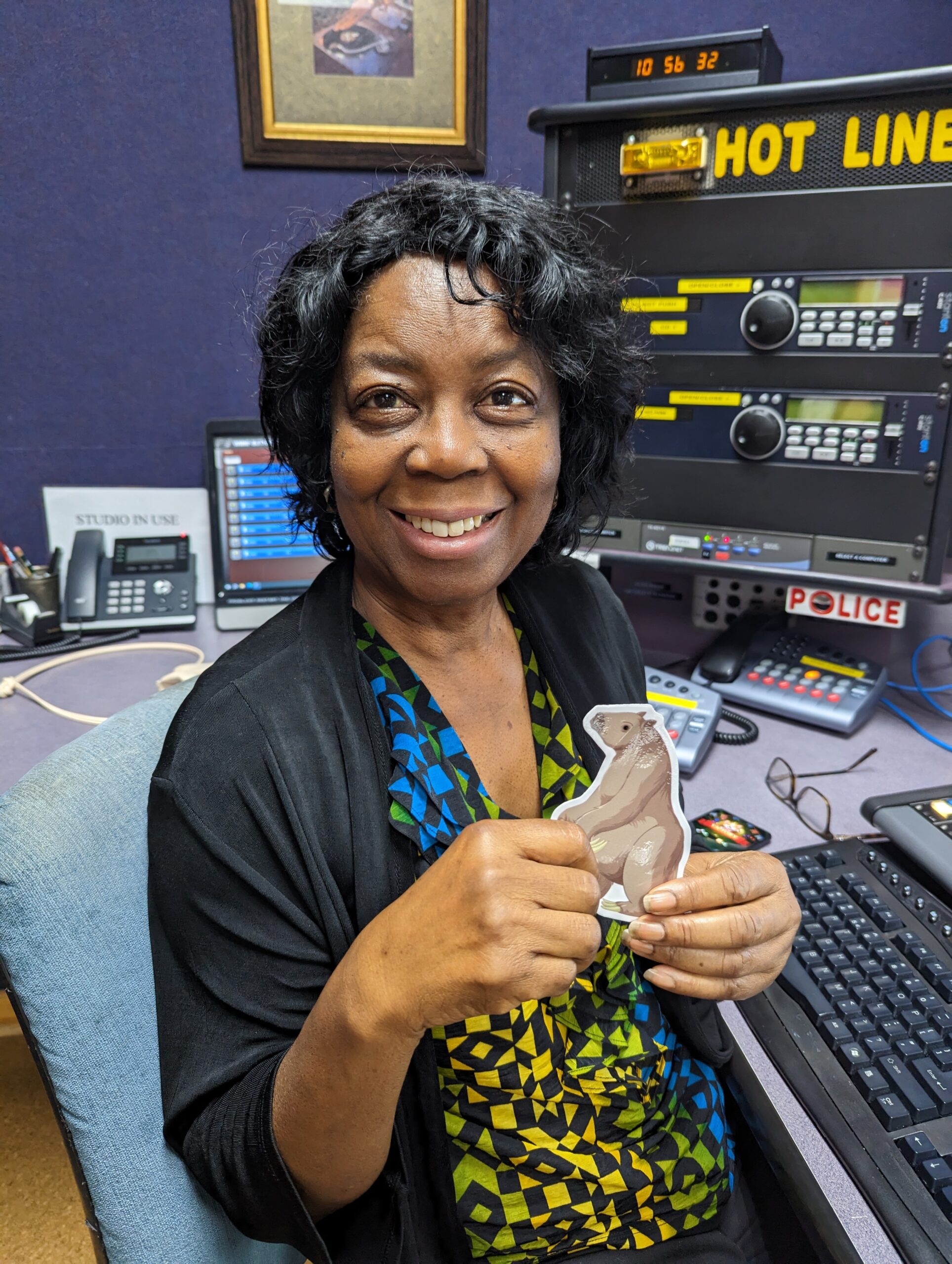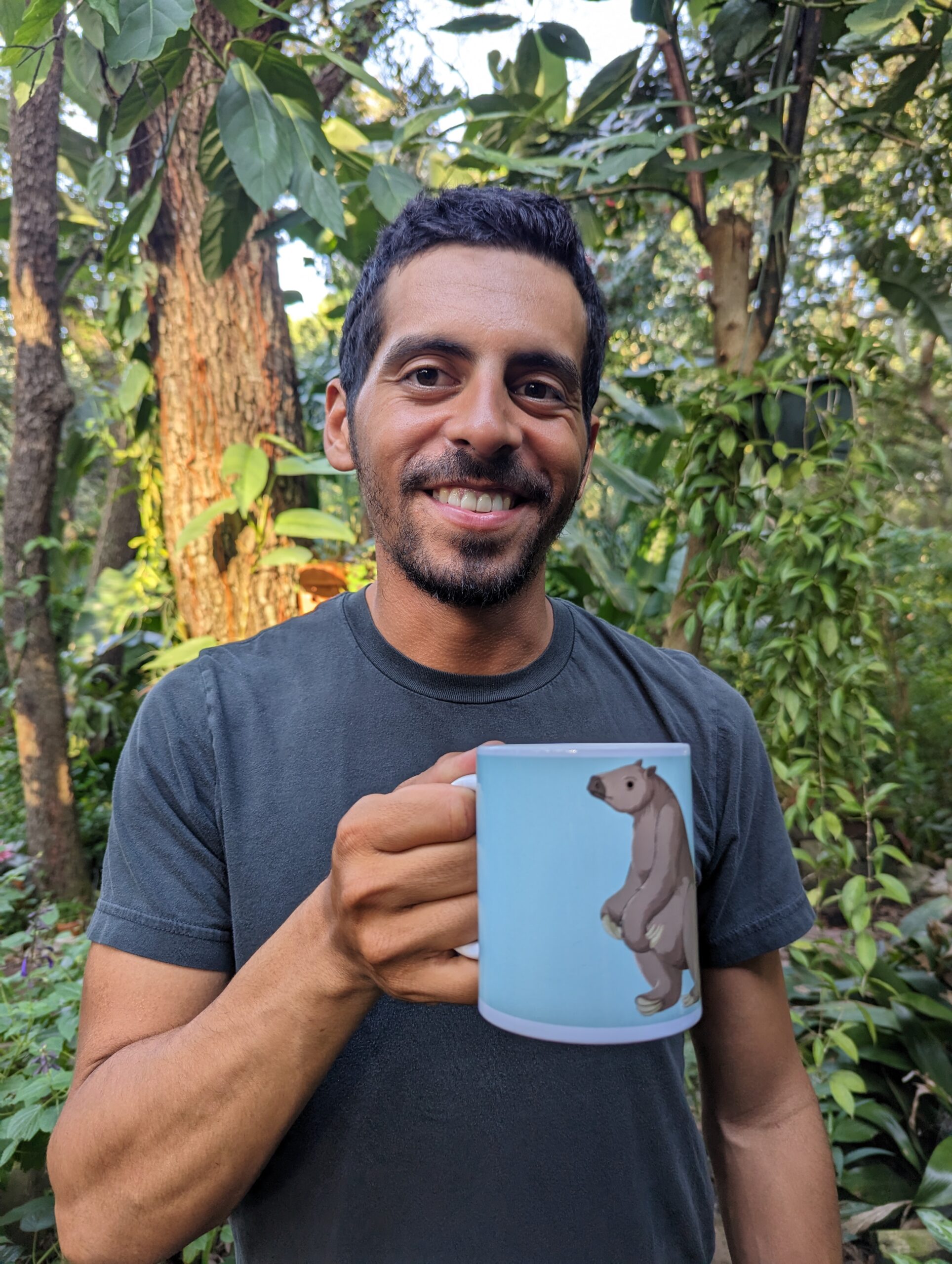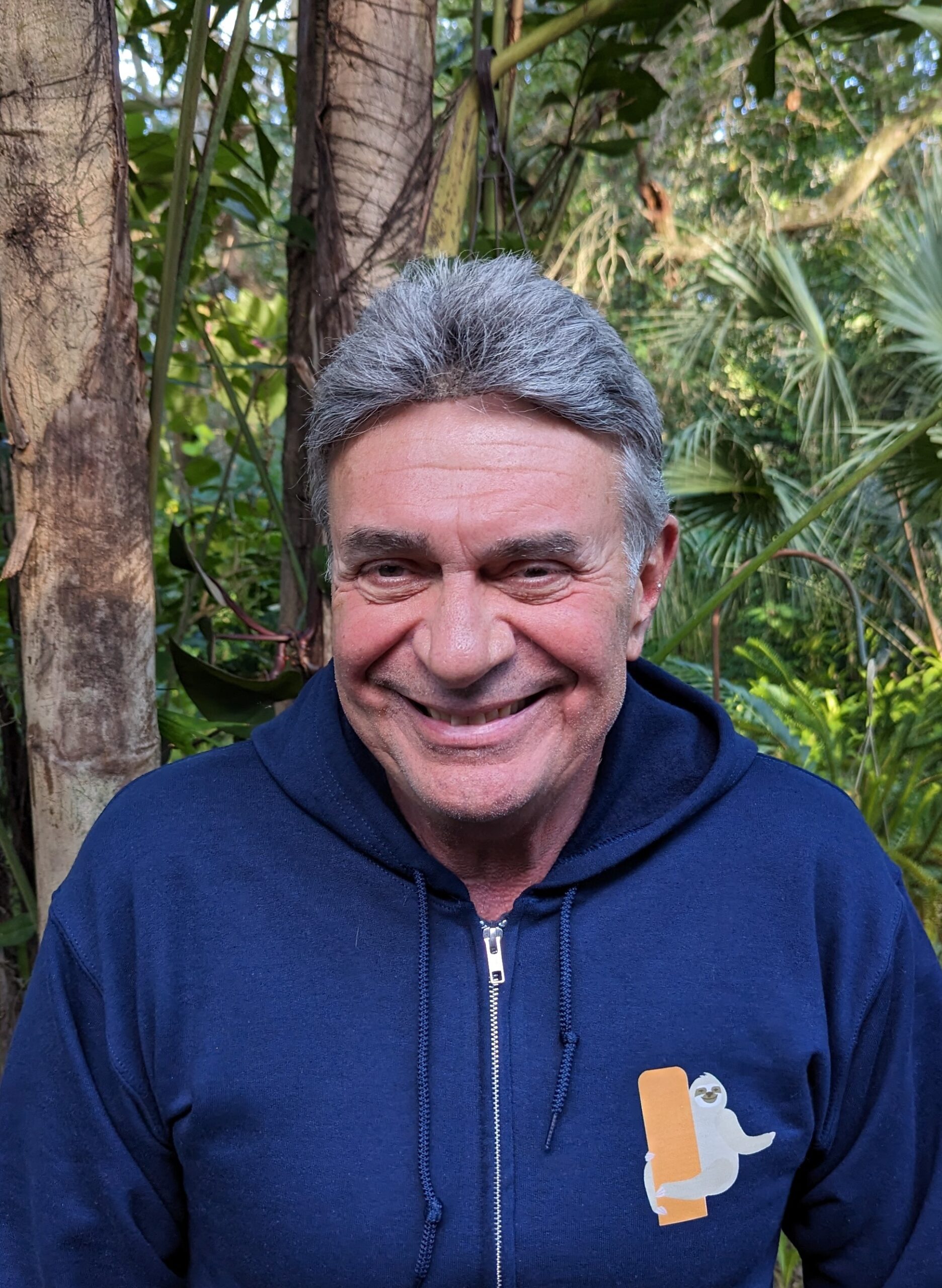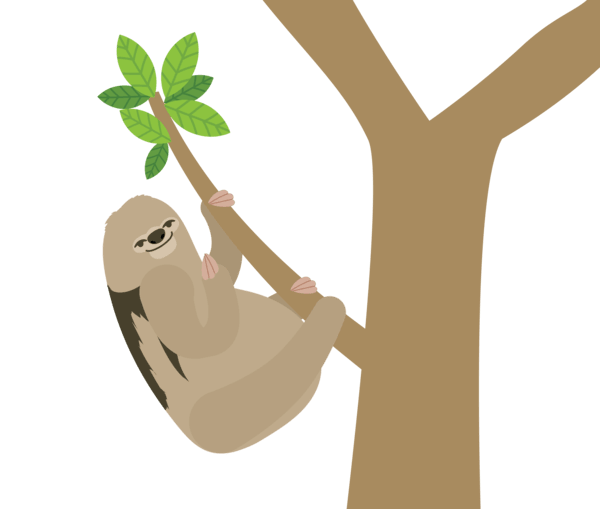
Northern Maned Three-Fingered Sloth
Bradypus torquatus
Lifespan: 12-15 years
Reproduction: The females give birth to a single young per year. Most births occur at the end of the wet season and beginning of the dry season (February-April).
Size: Average adult 1.8-6.9 kg
Diet: Strict folivore – only eating leaves
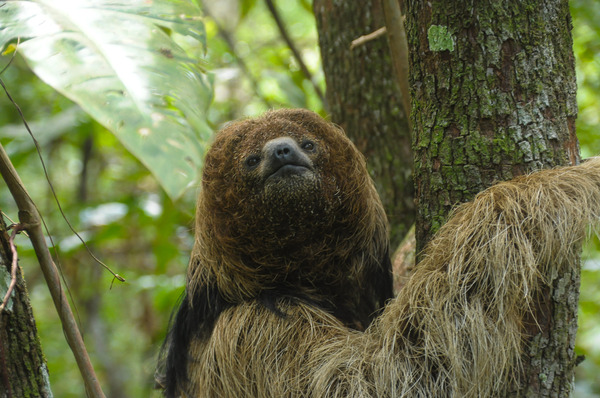
Common Names
English – Northern Maned Sloth; Northern Maned Three-toed Sloth; Northern Maned Three-Fingered Sloth
Spanish – Perezoso de Collar del Noreste
German – Nördliches Kragenfaultier
Portuguese – Bicho-Preguiça, Preguiça-de-Coleira do Nordeste, Preguiça
How to Identify:
Similar species possibly found in the same area: Bradypus torquatus Bradypus variegatus Bradypus torquatus has a black fur mane Male Bradypus torquatus do not have a colorful dorsal speculum like Bradypus variegatus
IUCN Red List
Species are classified into one of nine Red List Categories: Extinct, Extinct in the Wild, Critically Endangered, Endangered, Vulnerable, Near Threatened, Least Concern, Data Deficient and Not Evaluated. Vulnerable, Endangered and Critically Endangered species are considered to be threatened with extinction.

Northern maned three-fingered sloth Facts
- The generic name, Bradypus, is from the Greek for slow-footed.
- The species name, torquatus, is Latin for collared, due to their dark fur around their neck.
- Both males and females have a black mane. Males’ manes are usually larger and darker.
- The longest single movement that has been recorded was over 300 m in 5.5 hours.
Habitat
- Atlantic coastal forests
 Population Trend
Population Trend
• Decreasing
 Threats
Threats
- Accidents on roads
- Habitat loss and deforestation
- Hunting, used in traditional medicine
- Maned sloth populations are separated by deforestation and building of cities and roads
- Small habitat range
Here are some ways YOU can help keep sloths healthy and safe:
– It is best to observe them from a distance and in silence.
– Our pets could attack them. It is important to keep your dog on a leash when you go for a walk, or keep your pets at home in an enclosed and safe area. In addition, taking care of our pets also means spaying and neutering them so that they do not breed without control.
– Sloths love to live in the woods, keeping them as pets is not good for them. Keep in mind that they don’t like selfies either.
– If you find an injured sloth, contact a wildlife hospital so they can help it.
– Deforestation is often caused to make more land for livestock. Eating less meat may help save our forests.
Bradypus torquatus can be found in the below countries.
Click to learn what other xenarthran species live there too!
Test your new knowledge!
Test your new sloth skills by visiting our sloth word search, puzzles, coloring sheets and name games!
Check out this video to see how much you have learned!
The Anteater, Sloth, Armadillo Specialist Group has a store that directly helps xenarthran conservation!
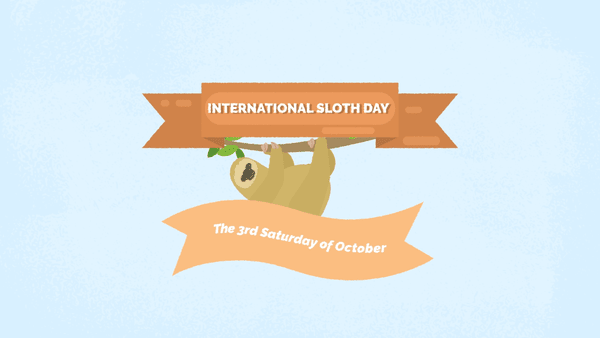
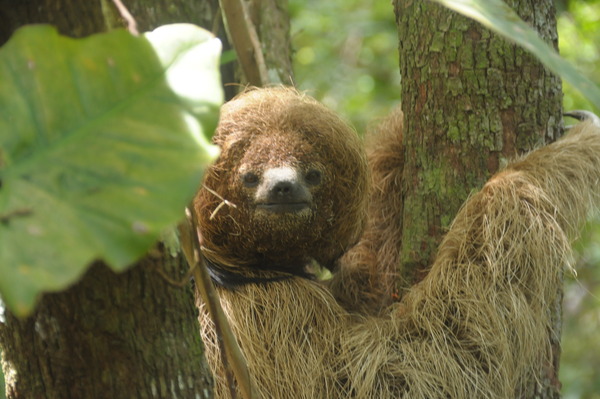
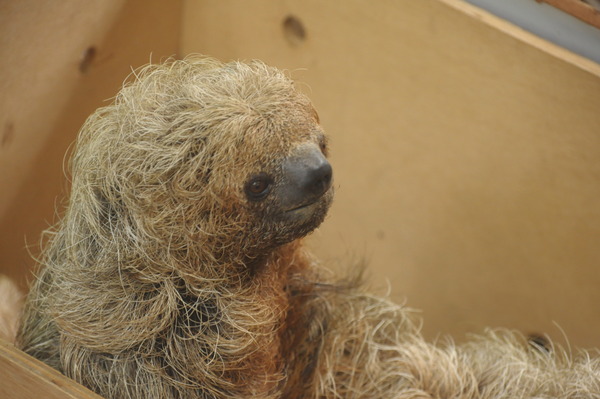
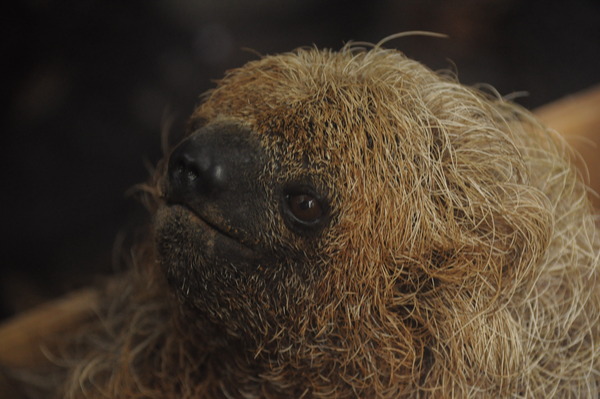
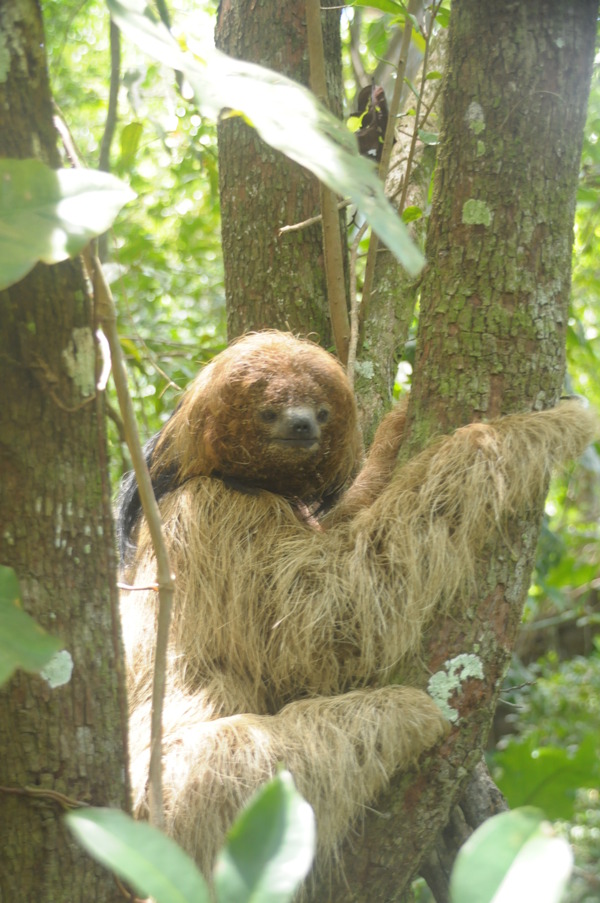
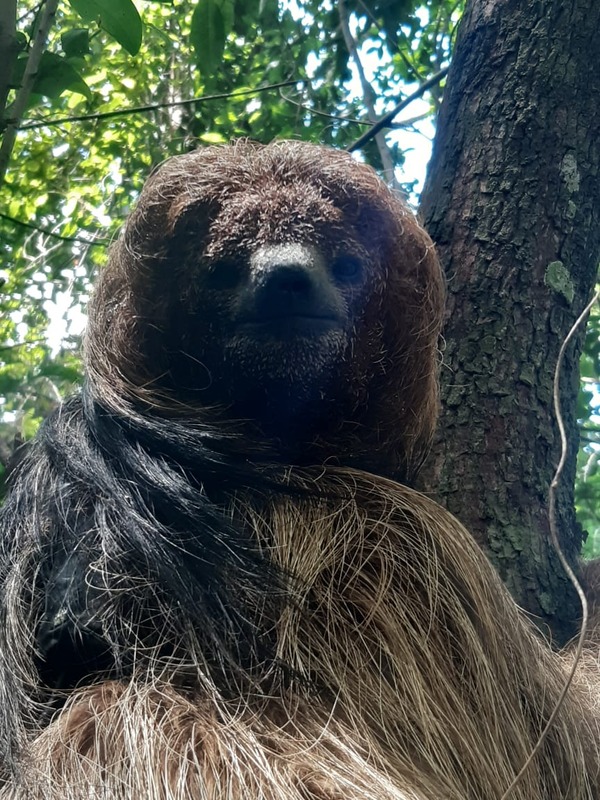
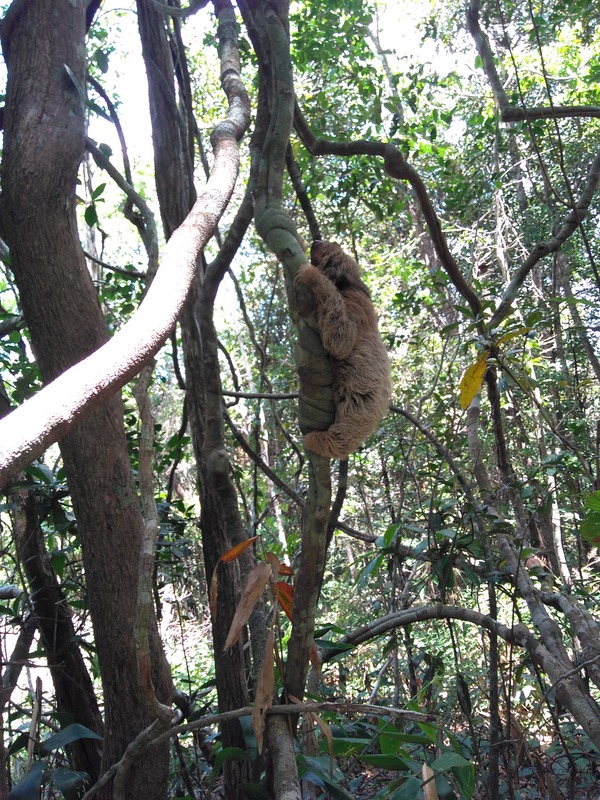
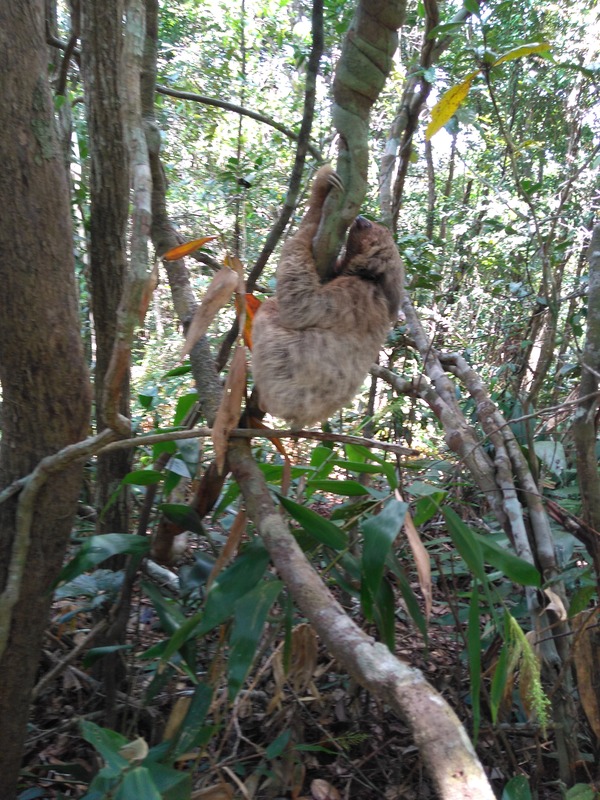
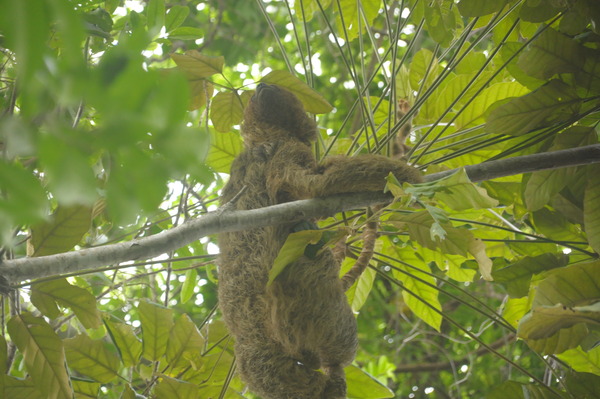
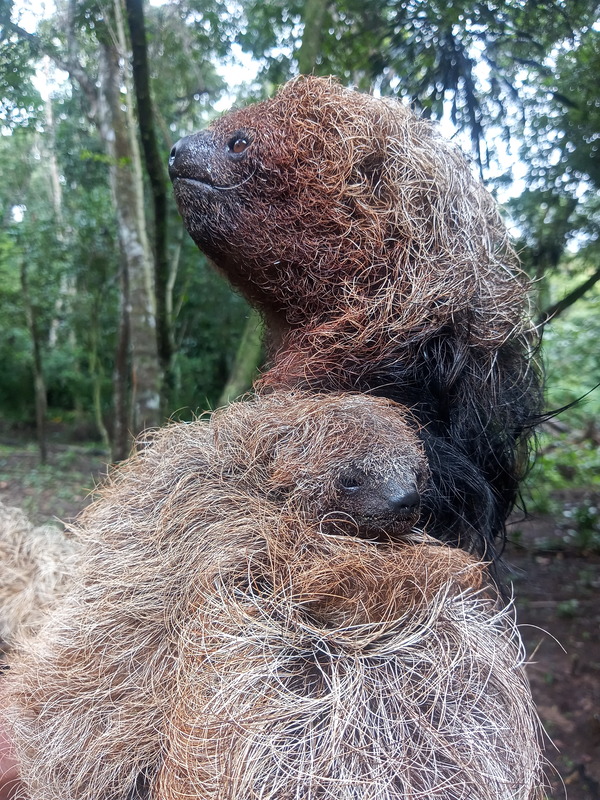
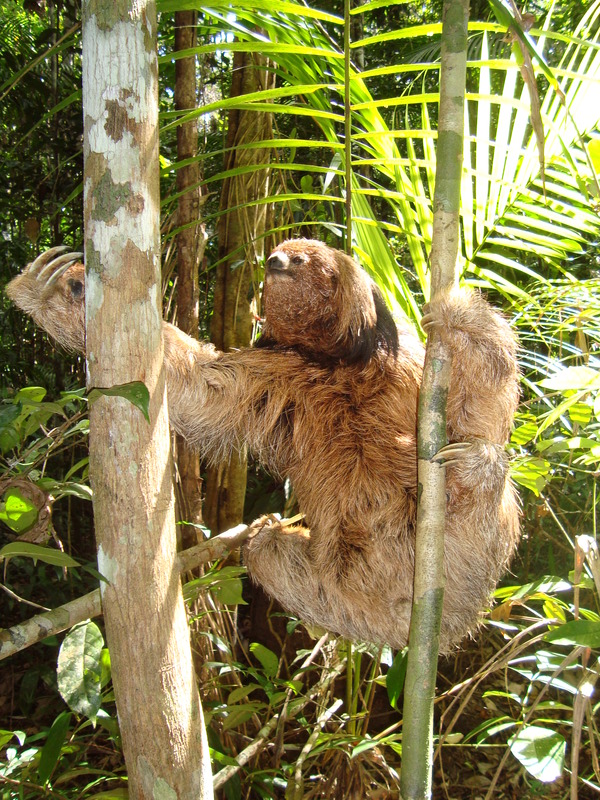
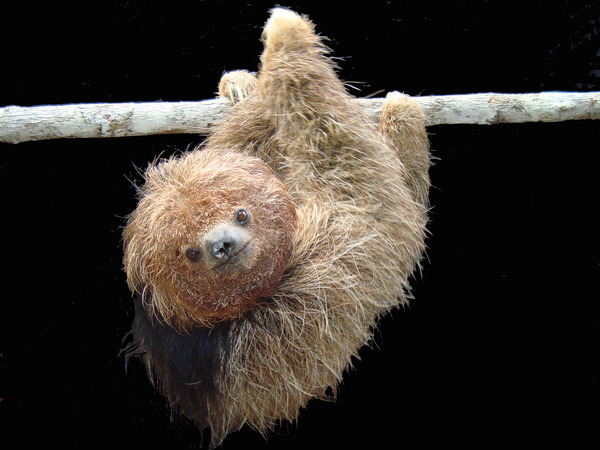
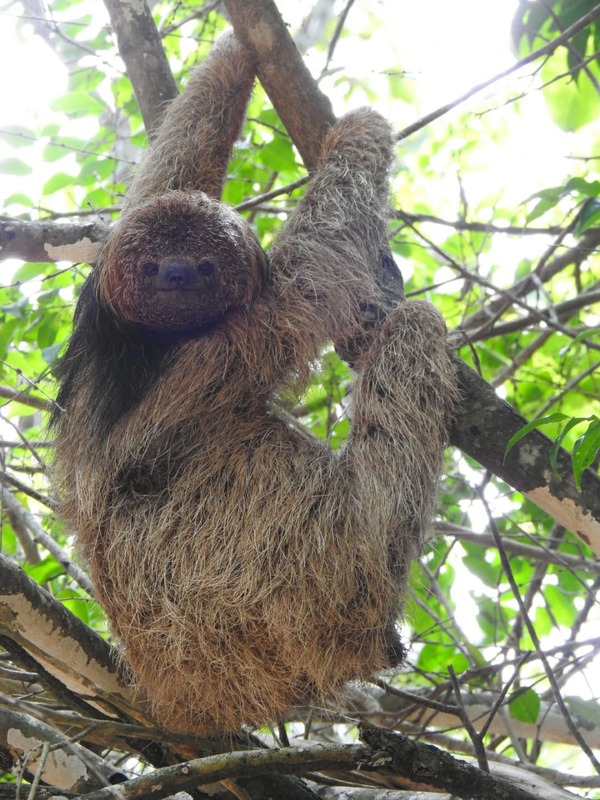

 Population Trend
Population Trend Threats
Threats
